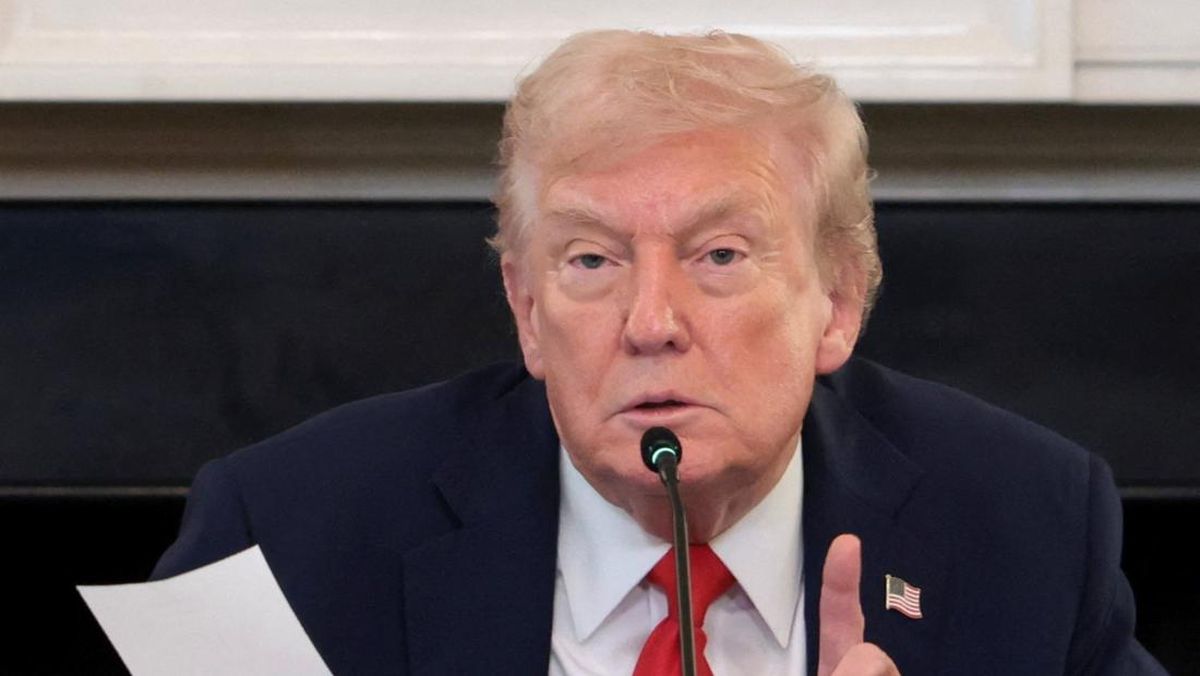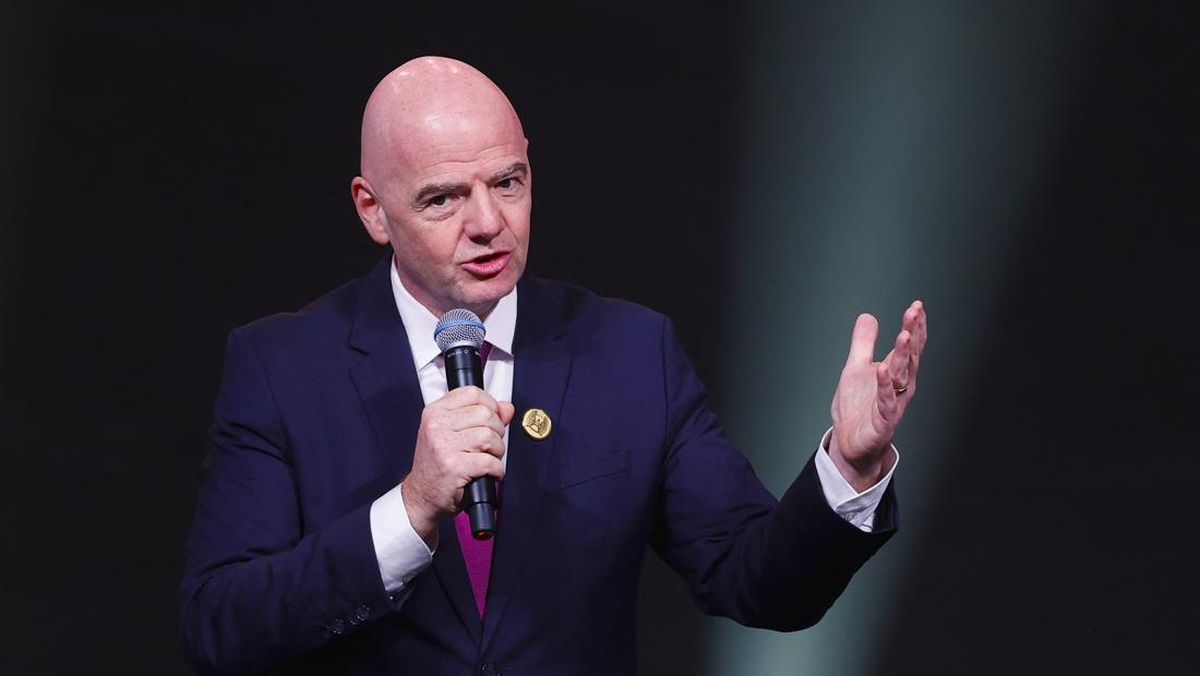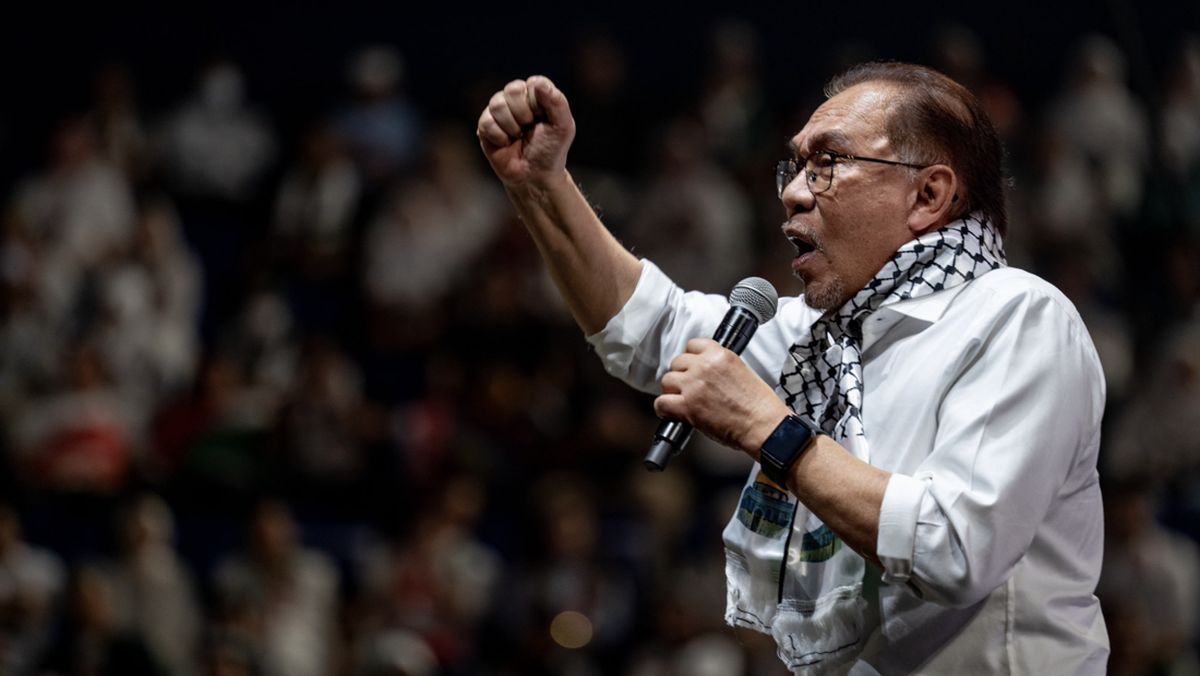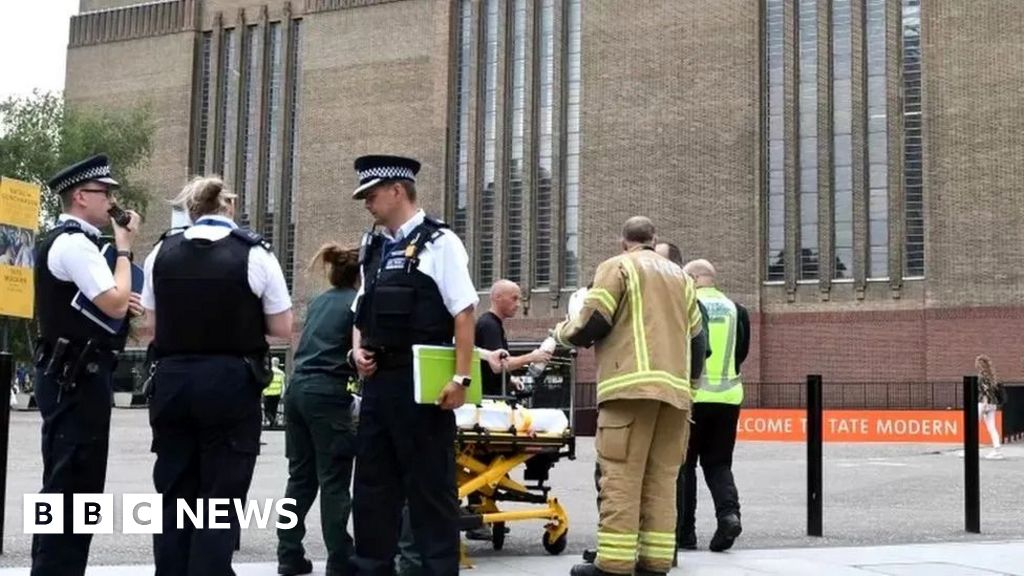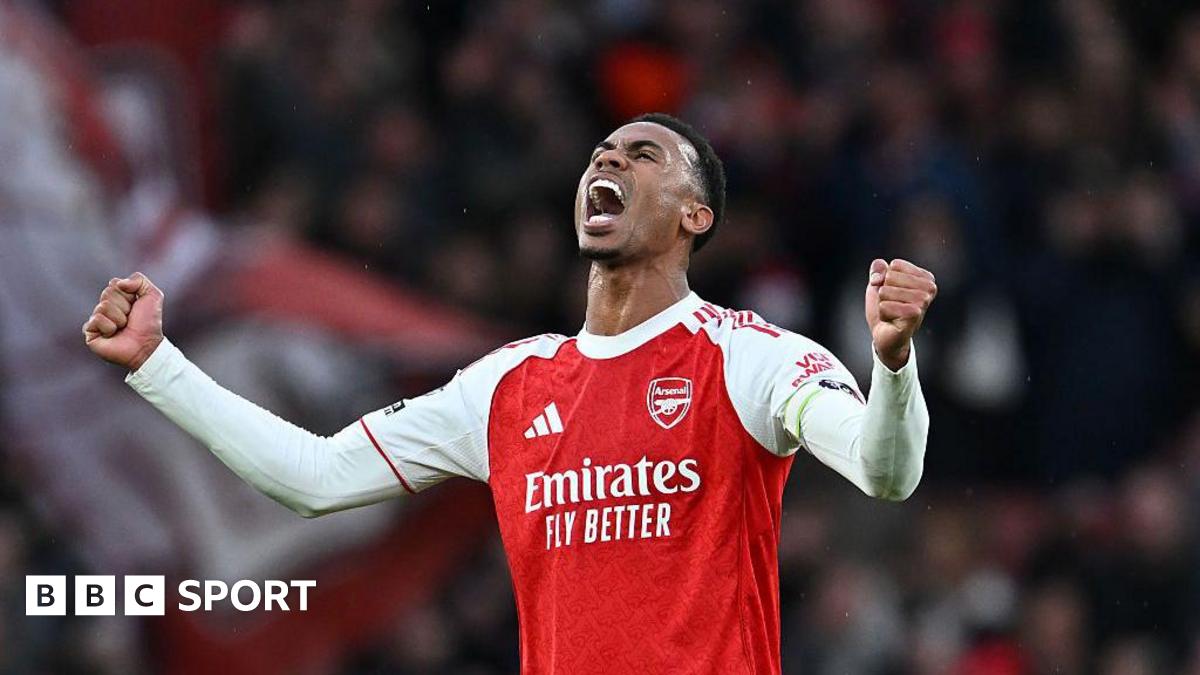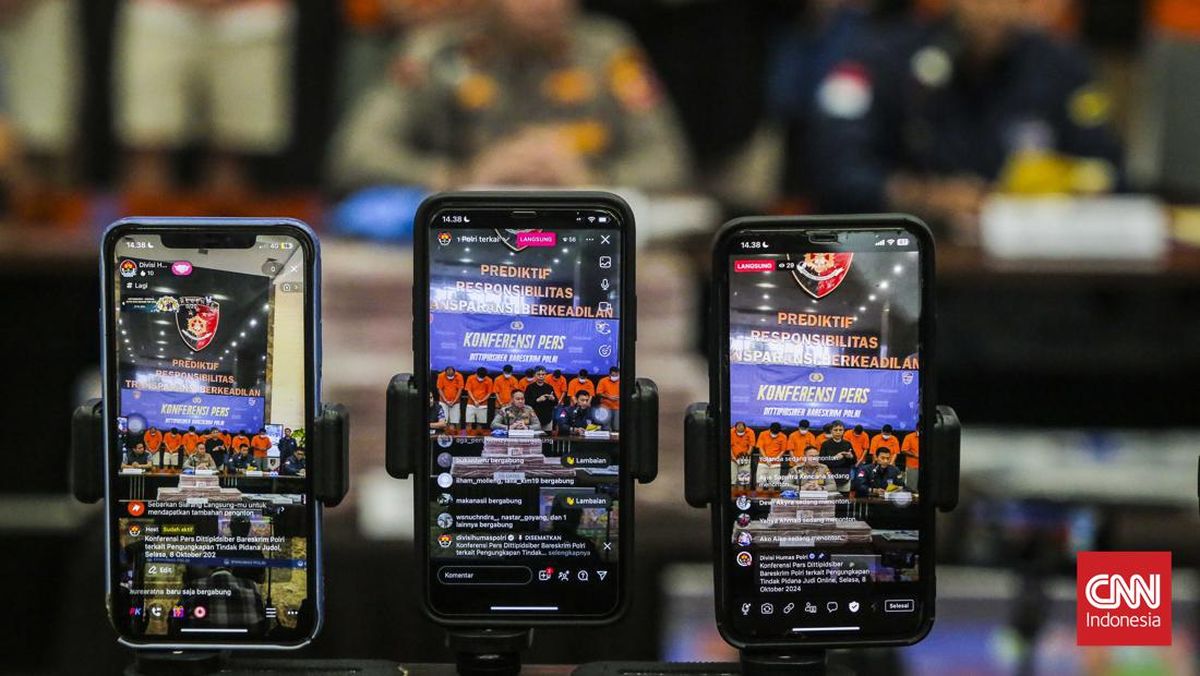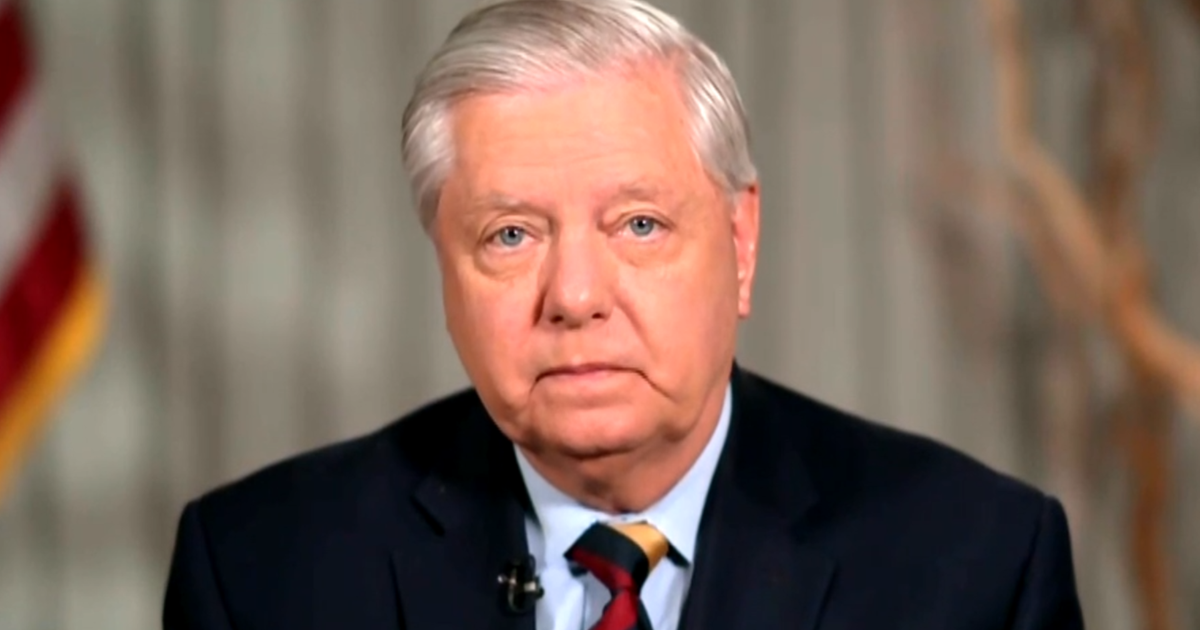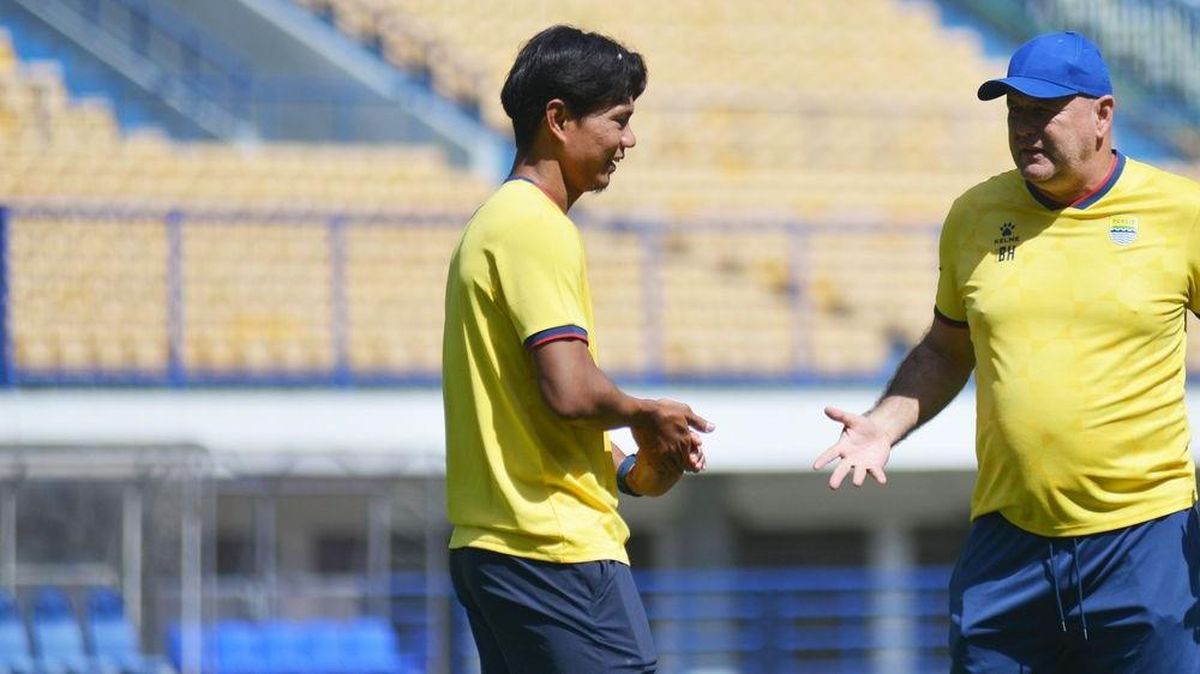Simon Katich was forewarned, but not forearmed. In a debrief at the end of the 2010-11 season, he was given an indication from selection chair Andrew Hilditch that he was on the edge so far as his Australian team future was concerned.
A few months later, when Hilditch called again to relay the fact that he had been left off the Cricket Australia contract list for the next summer, Katich was incensed by how perfunctory it all was, and how powerless he was.
"You basically feel like you're worthless," he says. "When you spend 15-20 years at this level domestically and having an impact around a couple of different states and then playing for Australia in what was a successful era, to then get basically told you're done in five minutes was disappointing."
The Katich sacking, which he challenged with a fiery but focused press conference at the SCG a couple of days later, shared prominence with the loss of the Ashes on home soil as catalysts for selection changes.

Simon Katich attacked the selectors at a fiery but focused press conference.Credit: Getty Images
Sympathy among players and cricket followers was very much on Katich’s side. But the conflict underpinned how the system was changing. Most of all, this was a conflict about Katich’s contractual status, rather than his selection in a particular match.
Murmurs have long persisted that new skipper Clarke didn’t want Katich in the team after their SCG dressing room confrontation in 2009. But Clarke and the selectors are adamant that the captain was not involved; in fact Clarke is known to have argued for Katich’s recall in December 2011, when Ed Cowan was picked instead.
Loading
After his omission, Katich and his then manager Robert Joske were offered, and took, legal advice. While Katich ultimately chose not to pursue it, the advice was that he had, given his standing as Australia’s most prolific batter over the previous two years, good grounds for unfair dismissal on the basis of age discrimination.
Greg Chappell, who had become a selector in 2010, gave the panel’s side of the equation. The selectors took exception to Katich’s response, “if you pay peanuts, you get monkeys”, when asked about how much the selectors were paid.
“Katich’s repudiation of the contract decision, and the selection panel in general, cut deeply,” Chappell wrote in 2021. “But we all knew that in taking on that role it inevitably came with some days as a punching bag.
“I don’t think it’s in anybody’s interests for the panel to be publicly slagging off current or past players. We also knew how emotional a time it is for a player, dealing with the end of the line. So you need to give them a little bit of room. If you’ve got a thin skin, don’t become a selector.”

Greg Chappell says if you have a thin skin, don’t be a selector. Credit: Getty Images
From that point, Cricket Australia and its selection panel became exceedingly careful around the contracts list in particular. Current selectors George Bailey and Andrew McDonald were playing at the time and sympathetic to Katich, while third selector Tony Dodemaide was in administration.
Entering the next season, the Don Argus-led review of the Australian team emphasised clear, evidence-based selection methods and consistency. Katich is content that his stand helped make life easier for younger generations: the likes of Usman Khawaja, Josh Hazlewood, Mitchell Starc and Pat Cummins were teammatesof his.
As part of a series on the inner workings of the national selection panel, we examine some of the most contentious calls.
The Brad Hodge riddle
“I love Marto, but Brad Hodge was averaging 50. How does he not get another go?” asks a fellow member of the 2006 Australian Test team.
Hodge made 409 runs at 58.42 in five Tests against West Indies and South Africa in the 2005-06 summer, but found himself not only out of the team but out of the squad altogether when it flew to play the Proteas in South Africa. Damien Martyn was recalled instead.

Brad Hodge was dropped after five Tests.Credit: Sebastian Costanzo
It was a highly contentious call for the panel then chaired by Trevor Hohns, who called Hodge at home the night before the squad was announced. The bad news prompted Hodge to turn off his phone the next morning and disappear to Cape Schanck for a solitary round of golf.
Hohns, who did not respond to a request for comment on this story, hinted in 2011 that concerns about Hodge’s handling of fast bowlers were part of the decision, both for South Africa and ahead of the 2006-07 Ashes.
But once Martyn, Matthew Hayden and Justin Langer had retired, the door remained more or less closed, save for one Test match in the Caribbean in 2008. Why?
Merv Hughes, a fellow Victorian and a selector for much of the period in which Hodge was left out, explained it was a combination of circumstances and also the all-round abilities of others, notably Marcus North.

Australian cricket hall of famer Merv Hughes.Credit: Getty Images
“For a long time if on the eve of an important Test match Ponting, Clarke or Hussey went down and we needed an experienced player, Hodgey was in,” Hughes said. “That would be indicated by the contract lists, and he got a contract every year. He was seen as a valuable asset to us.
“But if a Test series was over and there was a spot you’d put in a younger player, often Hodgey missed out. It got back to horses for courses and knowing what we needed – not playing the wrong card at the wrong time.”
North made his Test debut in South Africa in 2009 and stayed in the team until mid-way through the 2010-11 Ashes.
“What people didn’t understand about Marcus North, particularly in Victoria with ‘why isn’t Hodgey being picked’ was that when we picked him for the tours to South Africa and England he [North] was the third-best run scorer in the previous two or three years and the best performed spinner in domestic cricket,” Hughes said.
“Marcus was bowling a lot in Shield cricket and performing well. He to us was a No. 6 batsman who could score runs plus a real bowling option.”
‘Inspired lunacy:’ Mike Whitney misses the 1989 Ashes tour
In the last Test of the 1988-89 summer against the West Indies, Whitney had taken 7-89 on a batter-friendly Adelaide Oval pitch, among 58 wickets he took in the most prolific first-class season of his career.
But when it came to naming the 17th player for the Ashes tour to follow, Whitney was left out. Young seamer Greg Campbell and the more seasoned Carl Rackemann were figured to have snuck in ahead of him.

Mike Whitney was a hard-luck story.Credit: Getty
It was a bitter pill for Whitney, and considered a scandalous decision in NSW circles. As one columnist put it in the Sydney Morning Herald: “Whitney, and genuine cricket enthusiasts, are entitled to know what inspired lunacy prompted the selectors to leave the season’s leading first-class wicket-taker out of the tour squad.”
Loading
It was the tightest call of the Laurie Sawle selection panel’s tenure. Coach and selector Bob Simpson, who died aged 89 in August, described it as the only occasion a formal vote was required to split Whitney and Rackemann. Campbell, though by far the junior of the trio, was already in.
“Both men deserved the trip,” Simpson recalled in Cricket Then and Now. “I was one of two selectors who went for Whit, in my case because I believed we needed a left-hander. The other pair, however, preferred Carl.
“Allan Border was still to come in and give his views on the squad’s makeup, and when he did, he said ‘Rackemann is the right choice. Whit doesn’t swing the ball’. Laurie Sawle, as chairman, promptly announced, ‘OK, that’s the way we’ll go’.”
Whitney was unlucky, but the 1989 Ashes touring party would go on to hammer England 4-0. In the early 1990s, Whitney would enjoy a couple of prominent summers in the Test and ODI teams, having gained the ability to swing the ball that Border had required.
Dean Jones dropped in 1992
Fifty-two Tests, 3631 runs at 46.55, and two hundreds in his past four games. Yet Deano was sensationally dropped for a young Damien Martyn and the Waugh brothers for the first Test of the 1992-93 home series against the West Indies.
“About 10pm Simmo gave me a call and asked me to go to his room,” Jones, who died in 2020, wrote in My Call. “When he offered me a drink at 10pm the night before a Test match I knew the worst.
“He told me I wasn’t in form, that I’d had only three hits going into the Test whereas some of the West Australians had as many as nine or 12. So I was left out of the side. I was spewing … because the reasoning behind it was so far out of my control.”

Dean Jones was axed before the 1992 home summer. Credit: Chris Cole/Allsport
Then selector John Benaud committed a whole chapter to his book Matters of Choice to the decision. It highlighted how Jones was not only short of batting at the start of the season, but that his impact on live games early in series had diminished for over two years.
Add to that the fact the panel wanted to introduce Martyn, and Mark and Steve Waugh offered bowling skills that helped cover for the injury-prone fast man Bruce Reid.
Some years later, Simpson suggested Jones had lost the confidence of the dressing room to build an innings when required.
“He was dropped because he had moved away from technical efficiency and consequently was getting out in the most extraordinary ways,” Simpson said.
“He was still scoring a few runs, but often streakily, and too often it just didn’t seem as if his brain was in the right gear. The mood in the room when he was batting was ‘which crazy way is Dean going to get out now’.”
Made 12th man at the Gabba, Jones was effectively scrubbed from Test cricket when he was left out of the 1993 Ashes touring party. The young players chosen ahead of him – Martyn, Matthew Hayden and Michael Slater – went on to prolific Test careers.
Matt Wade’s sledging-based recall in 2016
There were plenty of unsettling pointers to cultural issues in Australian cricket before the ball-tampering scandal in 2018, but few were more blatant than the way Matthew Wade was recalled for Peter Nevill in 2016.
Australia had lost five Tests in a row, the last by a huge margin in little more than two days against South Africa in Hobart, forcing the resignation of selection chair Rod Marsh. With Hohns returned to the chair and Greg Chappell the selection panel, the next Test team featured a lot of change. But Wade’s inclusion left Chappell flummoxed, and unafraid to say so.

Matthew Wade was picked partly for his chirp.Credit: Getty Images
“Suffice to say the team’s leadership felt that a change of wicketkeeper was required and Wade was the preferred candidate,” Chappell told me in 2021. “Not because he was the best wicketkeeper, but because he was the loudest gloveman with the most ‘mongrel’, whatever that means.
“I stated, ‘that’s never been a criteria for picking a Test team that I’ve ever heard of, and we shouldn’t be starting that now’. As the idea developed in the meeting I just shook my head, saying ‘no, we can’t go down this path’.
“I shook my head again when the decision was made, and it’s the first and only time I’ve walked out of an Australian selection meeting in total disagreement with what we’d just done.”
Chappell quickly sought out Pat Howard, Cricket Australia’s then head of team performance, to state his objection.
“Mate, I just need to let you know that for the first time in my life as a selector, I’ve been involved in something that I totally disagree with,” Chappell told Howard.
“Every other selection meeting I’ve had my say, we’ve had a good discussion, a decision is made and we’ve all been comfortable that we’ve made the right consensus decision. We have just made the wrong decision, and it’s going to end in tears, and I need you to know that from me right now.’”
Nathan Lyon out, Ashton Agar in, 2013
As captain of Australia, Michael Clarke was a resolute defender of spin bowlers, and preferred perseverance to experimentation.
His loss of official selector status, following a heart-to-heart with Rod Marsh and Allan Border in India during the 2013 “Homework-gate” tour, had one instant outcome.

Ashton Agar made his debut after a bombshell selection.Credit: AP
Nathan Lyon, the young spinner about whom other selectors had held reservation for more than a year, was dropped for the start of the 2013 Ashes and replaced by the 19-year-old Ashton Agar. With a thrilling 98, batting 11 on debut at Trent Bridge, Agar made himself an instant pin-up in much the same way as Sam Konstas last summer.
But the flow-on effect of his rapid elevation is still being felt. Agar played one more Test in the series at Lord’s before Lyon was recalled to a spot he would not relinquish for well over a decade. Agar never quite developed into the Test cricketer the selectors envisioned, though he became an excellent white ball player.
Mike Hussey, a teammate and mentor of Agar, was an outspoken critic of the way he was quickly picked, then swiftly jettisoned.
“In my opinion the whole episode was very poorly handled,” Hussey said in 2016. “The duty of care to this young Australian cricketer was pretty much ignored.
“If everyone associated with making the decision to pick Ashton had just been patient and let him develop he would have held on to his youthful zeal, grown gradually in confidence, expanded his knowledge and been much better off in the long run.”
Usman Khawaja dropped in 2019
Australia’s left-handed batters had huge problems in England in 2019. David Warner endured a nightmare series, Marcus Harris fared little better, and Travis Head was dropped.
Loading
Usman Khawaja struggled, too, but his exit wasthe start of a three-year exile during which he essentially gave up on returning to the Test team.
When Khawaja did return in January 2022, he immediately made twin hundreds at the SCG, and his subsequent run of scoring raised plenty of questions about the wisdom of culling him in 2019.
“This is why I’m such a big proponent that your best players are your best players,” Khawaja says. “You go through ups and downs in form, but over time their results will be best. They may get dropped once or twice, but don’t drop them five times.
“I remember coming down and JL told me. He sat down and told me face to face. I never vented as much to JL as I might have to [wife] Rach or someone else. But I don’t actually vent a lot. I just get quiet, frustrated and annoyed, sad, whatever it might be.
“But in my heart I genuinely thought I’d go back home, score some runs in the Shield and be back in the team. Then when I didn’t get back, I didn’t play well that season. I had some stinking decisions, I thought ‘oh well, that’s it,’ and I came to terms with that.”
News, results and expert analysis from the weekend of sport are sent every Monday. Sign up for our Sport newsletter.


